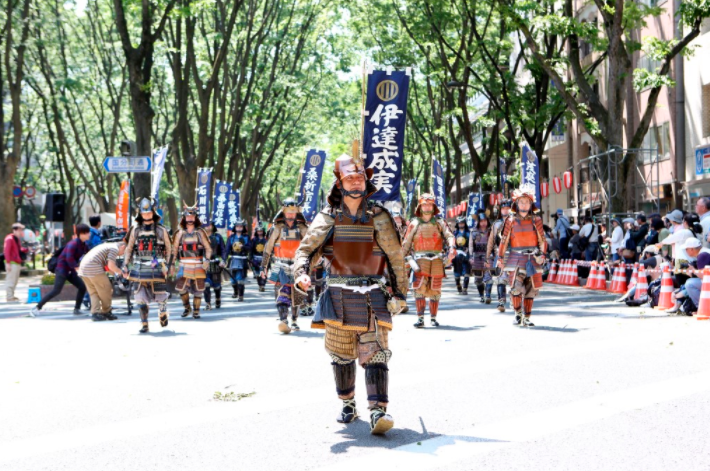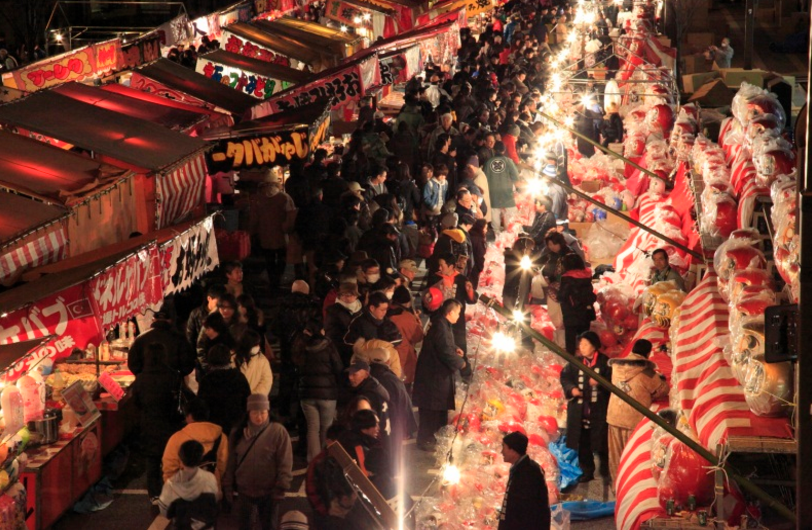Sendai City: A Gourmet Paradise Beyond Just Beef Tongue
When asked, “What do you want to eat in Sendai?” most people would probably say “beef tongue.” However, did you know that Sendai offers a variety of delicious local dishes beyond just beef tongue?
First up is Sendai Ramen, made with Sendai Miso. The production of miso has been a prominent activity in Sendai since the Sengoku period, when Date Masamune was the feudal lord. Sendai Miso was originally produced as military provisions. You can taste this historic miso in Sendai Ramen.
Another local specialty is Sendai Zuke Don, conceived by local sushi chefs. It features fresh white fish served over vinegared rice made with Miyagi Prefecture’s rice, topped with a sauce that includes a hint of Sendai Miso. Each restaurant has its unique take on this dish, offering different combinations of fish, toppings, and sauce.
Sendai City has many more local specialties to explore. So when you visit Sendai, be sure to try these dishes in addition to beef tongue.

Let’s Visit the Sendai Aoba Festival!
Location: Central Sendai City
Date: May 19-20, 2018
Access: About a 15-minute walk from JR Sendai Station Immediately from the subway Nanboku Line’s “Kotodai-Koen Station”
Sendai Aoba Festival Official Website
The Sendai Aoba Festival started in Showa 60 (1985) to revive a traditional festival as a “festival created by citizens, for citizens,” commemorating the 350th anniversary of Date Masamune’s death.
The first day of the festival is known as “Yoi Matsuri” (Evening Festival), and the second day is called “Hon Matsuri” (Main Festival). During the festival, the entire community comes together to celebrate, drawing around one million visitors each year. The city comes alive with processions of floats (Yamaboko), the Sparrow Dance (Suzume Odori), and warrior parades.

Source: Sendai Aoba Festival Official Website
Reviving an Ancient Festival
The origin of the Sendai Aoba Festival can be traced back to the “Sendai Festival,” the largest festival of the Sendai Domain in the Edo period. It began in Meireki 1 (1655) as a festival of the Sendai Toshogu Shrine, featuring a procession of about 70 floats through the castle town.
In the Meiji period, influenced by the Meiji Restoration, the festival was transformed into a festival for Aoba Shrine, which enshrines Date Masamune, and its name was changed to “Aoba Festival.”
During the 250th and 300th anniversaries of Date Masamune’s death, the festival was held on a grand scale with many floats parading through the city. However, due to traffic issues, the Aoba Festival was discontinued in the late Showa 40s (late 1960s).
The festival was revived as a community event in Showa 60 (1985) to commemorate the 350th anniversary of Date Masamune’s death.

Source: Sendai Aoba Festival Official Website
A Festival Full of Highlights!
The highlight of the Yoi Matsuri is undoubtedly the Sparrow Dance (Suzume Odori). The city resonates with the sound of festival music as the dance is performed throughout the streets.
The Sparrow Dance dates back to 1603, when stonemasons who built the stone walls of Sendai Castle performed an impromptu dance at a banquet to celebrate the castle’s completion. The dance, which has been passed down through the generations, resembles the movements of sparrows and is named after the Date family crest, which features a sparrow in bamboo.
The Sparrow Dance can be seen throughout the city, and spectators can even join in. At the festival’s conclusion, around 2,000 people dance together. With a bit of practice, you too can join in, so why not give it a try?
During the Hon Matsuri, about 4,000 warriors parade through the city. Leading the procession is the head of the Date family, followed by retainers in full armor. The event also features a performance by the matchlock gun corps, who demonstrate traditional gun techniques.
In addition, eleven lavishly decorated floats parade through the city accompanied by lively chants, music, and dances. In contrast, the Mikoshi (portable shrine) procession is a more solemn affair, with all participants dressed in white garments and black hats, moving with quiet dignity.

Source: JAF Local Information
A Festival that Cherishes Tradition
Reviving a discontinued festival as a community event, and continuing traditional dances like the Sparrow Dance and the float processions, shows how much the people of Sendai value their festivals.
In 2017, the 450th anniversary of Date Masamune’s birth was celebrated. The Sendai Aoba Festival will likely be even more vibrant, so be sure to check it out!
Cover Image: Egawa Saku Tabi Date na Tabi
(Editor: 千八乃)





















